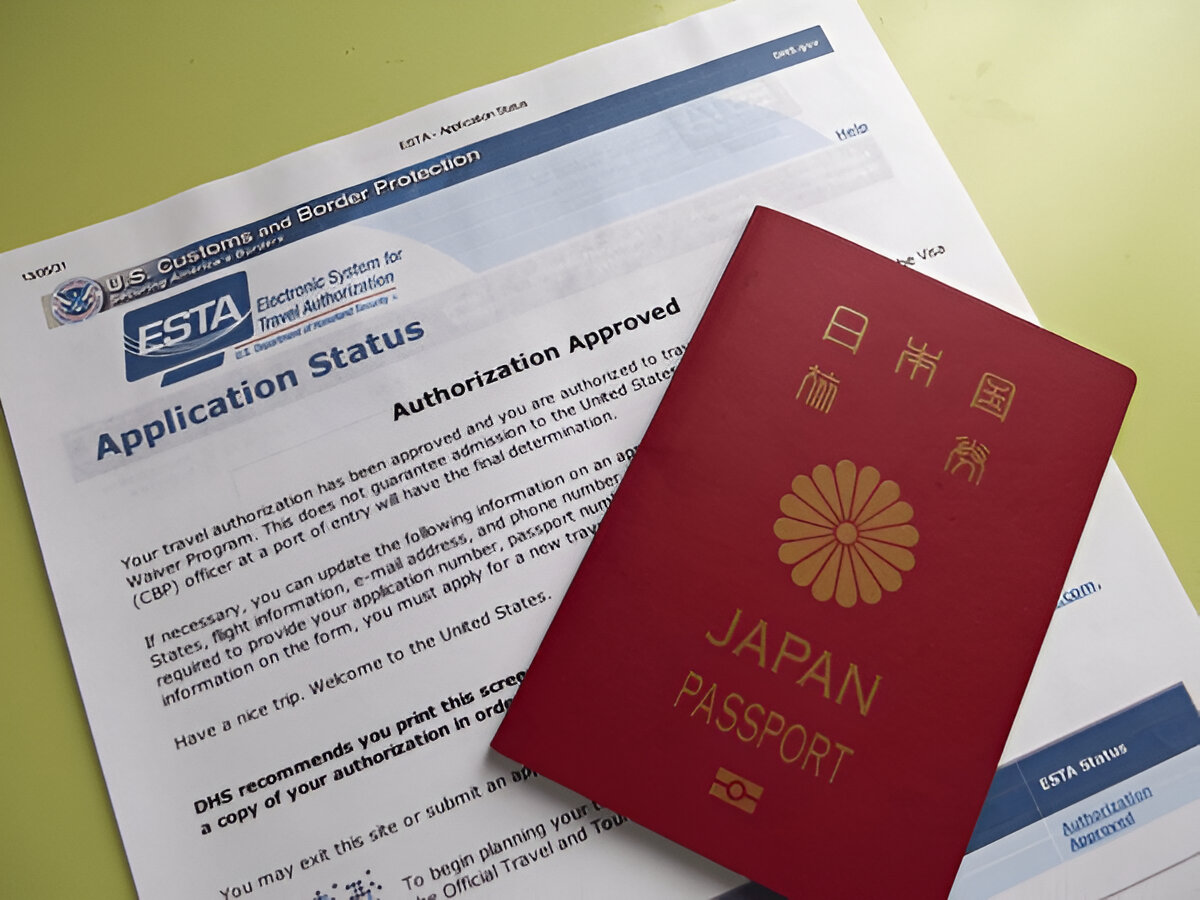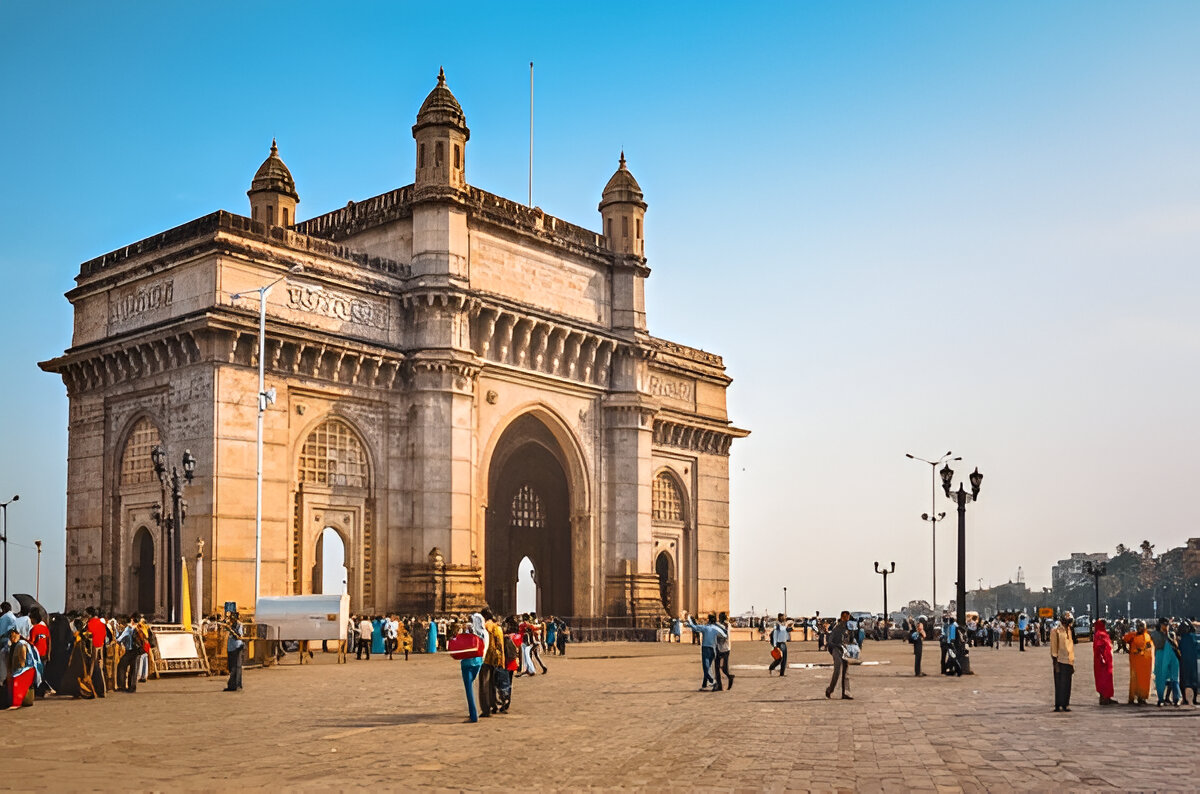Historical exploration encompasses a diverse range of endeavors aimed at uncovering the mysteries of the past, from ancient civilizations and lost cities to archaeological sites and cultural heritage. Through excavation, research, and documentation, historical explorers seek to illuminate the forgotten stories and hidden treasures of bygone eras. This long-form piece delves into the captivating world of historical exploration, tracing its history, highlighting key discoveries, examining methodologies, and contemplating the significance of preserving our collective heritage.
Early Adventurers and Antiquarians
The roots of historical exploration can be traced back to antiquity, when travelers and scholars embarked on quests to uncover the remnants of ancient civilizations. From the Roman historian Herodotus, who chronicled the wonders of Egypt, to the European explorers of the Renaissance, who sought to rediscover the lost cities of antiquity, early adventurers played a crucial role in laying the foundations of historical inquiry.
Archaeological Discoveries
The development of modern archaeology in the 19th century revolutionized the field of historical exploration, providing systematic methods for excavating and interpreting ancient sites. Pioneering archaeologists like Heinrich Schliemann, who discovered the legendary city of Troy, and Howard Carter, who unearthed the tomb of King Tutankhamun, captured the public’s imagination with their groundbreaking discoveries. These excavations revealed the rich tapestry of human history and shed light on the civilizations that came before us.
Uncovering Lost Civilizations
Historical exploration often focuses on uncovering lost civilizations and forgotten cultures that have faded into obscurity over time. Expeditions to remote regions of the world, such as the jungles of Central America and the deserts of the Middle East, have revealed the remains of ancient cities like Machu Picchu, Petra, and Angkor Wat, offering insights into the lives and beliefs of past peoples. Through careful excavation and analysis, historians and archaeologists piece together the puzzle of human history, connecting the dots between ancient civilizations and contemporary societies.
Underwater Archaeology
The exploration of underwater archaeological sites has opened a new frontier in historical exploration, revealing submerged cities, shipwrecks, and maritime heritage. Through the use of remotely operated vehicles (ROVs), sonar imaging, and deep-sea diving, underwater archaeologists have uncovered ancient harbors, trade routes, and naval battles that have been lost to the depths of the sea for centuries. These discoveries provide invaluable insights into the maritime history and seafaring cultures of the past.
Cultural Heritage Preservation
Preserving our cultural heritage is a crucial aspect of historical exploration, ensuring that the stories and artifacts of the past are safeguarded for future generations. Conservation efforts aim to protect archaeological sites, monuments, and cultural landscapes from damage, vandalism, and looting. Organizations like UNESCO (United Nations Educational, Scientific and Cultural Organization) work to designate and preserve World Heritage Sites, recognizing their universal value and significance to humanity.
Indigenous Perspectives and Collaboration
Historical exploration increasingly emphasizes collaboration with indigenous communities and local stakeholders, recognizing their unique perspectives and knowledge of the past. Indigenous oral traditions, ancestral knowledge, and cultural practices provide valuable insights into the history and heritage of the lands they inhabit. Collaborative partnerships between archaeologists, historians, and indigenous peoples promote mutual respect, cultural exchange, and the preservation of traditional knowledge and practices.
The Future of Historical Exploration
As technology advances and new discoveries are made, the future of historical exploration holds boundless possibilities. Remote sensing techniques, LiDAR (Light Detection and Ranging) technology, and satellite imaging offer new tools for surveying and mapping archaeological sites from above. Virtual reality and augmented reality platforms provide immersive experiences that allow users to explore ancient cities and monuments from the comfort of their own homes. As we continue to push the boundaries of historical exploration, let us remain mindful of the importance of preserving our shared heritage and honoring the stories of the past.




